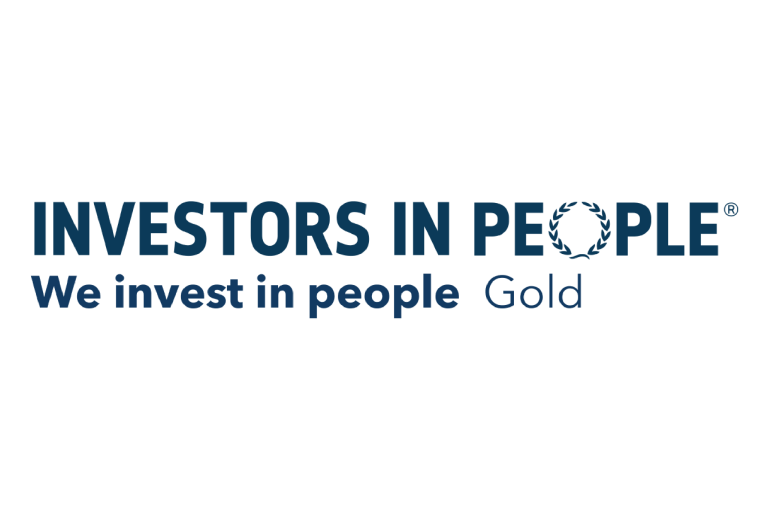The thrill of launching a new website is always a big moment, particularly after spending a lot of time, effort, and money getting it ready to show to the public and drive more sales. The unfortunate truth is that with new technologies and developments being launched every day, your website will soon be out of date. Now in most cases, this isn’t a huge deal, but in the event that security updates are released or functionality improvements are made to any plugins you have used, this could leave you with a bit of a problem. This is why monthly web maintenance is so incredibly important, to help keep your website looking and functioning optimally, helping to future-proof it.
What is Website Maintenance?
Website maintenance can cover a whole host of different things, and the level of service delivered depends on the web agency you choose to go with. Here are some of the basic checks that should be carried out during monthly web maintenance:
- CMS updates – including security patches, plugin updates, generic fixes from the updates.
- Cross-browser testing to ensure the website is working properly in all browsers.
- Device compatibility testing to ensure the website is working across all devices (including new releases).
- Server-side updates, including regular website backups.
- Bug fixing – this is really important for complex websites or apps.
Website maintenance packages also tend to include website hosting, additional support hours and development or marketing services as agreed by both parties.
The Importance of Website Maintenance
Regular monthly maintenance will keep your website safe, secure and most importantly, working optimally. Without regular updates, your website will be vulnerable to hackers and bugs, and may even stop working on certain browsers. Even if your website is built on WordPress and you have security plugins installed, you still need to make sure these are up-to-date in order to stay secure.
Usability is also a key reason to undertake monthly website maintenance. Highly functional websites, such as e-commerce stores are more likely to contain broken links, small bugs and general issues. A website maintenance provider will provide server-side updates and backups so your website can be restored to a certain point before any issues start developing.
Finally, you are more likely to be prioritised within a digital agency if you have a maintenance agreement in place. You will have a set number of hours each month allocated to your website, so whether you need amends making or security updates processing, you will be at the top of the queue.
How To Make The Most of Your Agreement
There are three main types of website maintenance agreements:
- Pay-as-you-go: as the name suggests, you pay for updates and monitoring as you use it. This is quite hard to budget for as you don’t know how many hours you may need in a month. You will also need to be proactive about requesting the updates you require.
- Retainer hours: this means you pay for a certain number of hours each month, and you can use them as you wish. For example, if you don’t need any development updates making then you could request SEO updates instead.
- Monthly website maintenance packages: this involves a defined set of tasks that are carried out each month – developers will complete a checklist of tasks without you having to say anything. Often there are different tiers available, so you can choose the right plan for your business.
In order to make the most out of your monthly web maintenance package, we would always advise that if any website changes need to be made then you group these together. This makes it easier for the developers to implement, and you then know exactly how many hours it will take. Here are some more tips on making the most of your web agreement:
Create a website maintenance schedule
Website maintenance is a continuous process, and your website needs to be regularly monitored to reduce the risk of errors and bugs creeping in. Before setting a frequency of monitoring up, think about both your industry and how your website runs. If your website is a high-traffic e-commerce store, for example, you won’t want to carry out updates during the day when people are busy shopping. However, an e-commerce website will contain lots of sensitive data so regular security updates are essential. You’ll just need to think about when these will be carried out.
Include SEO in your maintenance plan
Website maintenance isn’t all about security and coding. Yes, SEO is more of a marketing skill, but there are also lots of development improvements that can be made in order to help your website rank organically. SEO is important for the healthy performance of a website, so don’t overlook it!
Remember web design updates
As well as having a technically sound website, don’t forget about website design too – this really affects the experience users have. If your website is too animation-rich, it can be very slow to load and provide a poor user experience. Remember that website design trends change regularly, as do the preferences of your customers, so make sure you leave time within your web maintenance package for design updates.
Set goals for your website
Remember that you have created a website for a specific reason, usually to sell products or services, or act as a channel of communication with customers. It is really important to create regular goals for your website in order to keep it moving forward. For example, do you need to increase traffic arriving to your website? If so, then you need to focus on improving the SEO and the design of your website. If you need more leads, then the focus needs to be on improving the content and conversion rate of your website. By setting clear goals, you will be able to know exactly what changes need to be made within your monthly web maintenance package.
Updates for website content & legal information
As we have touched upon, content updates are also really important to help keep your website looking fresh and updated. Users also value new content, and it helps them to see you as an industry expert, adding credibility to your brand. Whether you decide to create regular blog posts, upload explainer videos, or any other type of content, be sure to make time for this within your monthly web maintenance package.
Maintaining a website is a very time-consuming, continuous process, but is essential in order to keep your website running optimally. If you would like to find out more about the website maintenance services we offer here at DBS Digital, contact our team today.









